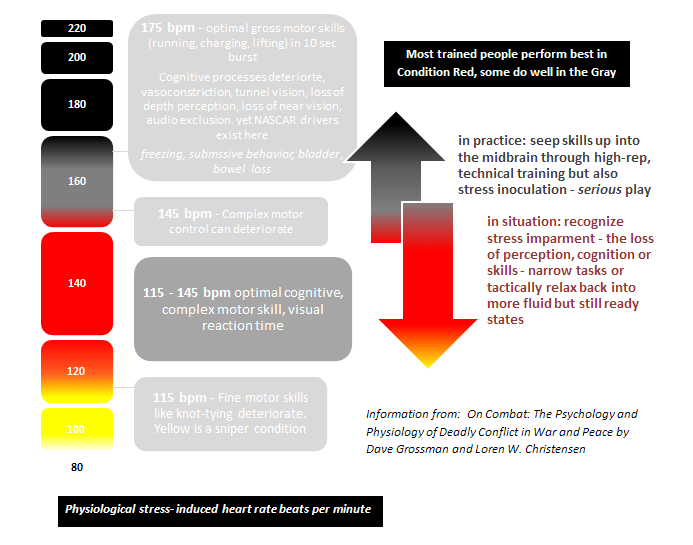Muay Thai Bones Podcast - #15 (Apple & Android) Fight Stacks, Heart Rate & Who Legends Respect, Covid-19 and the Future of Muay Thai, Buddhistic Yoniso (2 hrs, 54 min) (Patreon)
Downloads
Content
Here is the much awaited Episode 15 of Muay Thai Bones. We film these usually while we are driving across country and having our epic conversations, but a change in Sylvie's fight locations, and then the Covid-19 lockdown gave us a bit of drought on Muay Thai Bones podcasts, but we really missed doing them, and plan to do them more frequently. We may have to not just have them in car rides. The good thing is that the audio is much better without road rumble, so all our patrons get a better audio experience. This one is done from our hotel back balcony while we've been in self-isolation. The first hour of the podcast is talking about how Covid-19 is likely impacting and even threatening the very fabric of Muay Thai in Thailand. The rest of the podcast is just straight up, hardcore Muay Thai Bones, diving in deep on big, seldom-discussed dimensions of Muay Thai. Thank you everyone for supporting and making all this content happen!
Apple & Android: Read my quick article to see how to add Muay Thai Bones podcast to Apple Podcasts or other subscription services. It's easy to do! Just grab your personal and exclusive RSS link.
You can see all the Muay Thai Bones episodes on Patreon here.
So listen to Muay Thai Bones on audio (above), or if you can also hang out with us and watch this episode on YouTube video (below)

Watch the full episode 15 of Muay Thai Bones here
episode 15
1. The fate of Muay Thai in Thailand (Covid-19], the fate of gyms
2. Yoniso - the Buddhistic concept applied to Muay Thai
3. Heartrate and skill level
4. Skill stacks and fighting out of "prison"
5. Muay Thai doesn't exist anymore
6. Legends and their Top 5 Greatest lists
Reading Notes for the podcast - things referenced, rabbit holes to go down
The 8limbsus.com post:
No Such Thing as Tough – Psycho-Physio Plateaus in Fight Stress

The Chamuakpet vs Sangtiennoi Watch With Me

watch this watch with me here on YouTube
Kevin's Original Article on Fight Stacks on 8limbsus.com
a correction, the theory came from Greg Jackson, not Winklejohn
Lessons from Rousey: Fight Stacks and Sylvie’s Muay Thai Clinch Game

Day With Hippy Singmanee and Dieselnoi w/ Commentary - Legends at Petchrungruang Gym

watch my account of when Hippy visited the gym here
The Top 5 Greatest Muay Thai Fighters as Picked By Legends

watch the YouTube playlist here
Andy Thomson Teaching His "Tamachat" Version of Muay Thai

The Samart Payakaroon Muay Thai Library Session

Remember, you can browse the entire Muay Thai Library sessions through this table of contents here:

